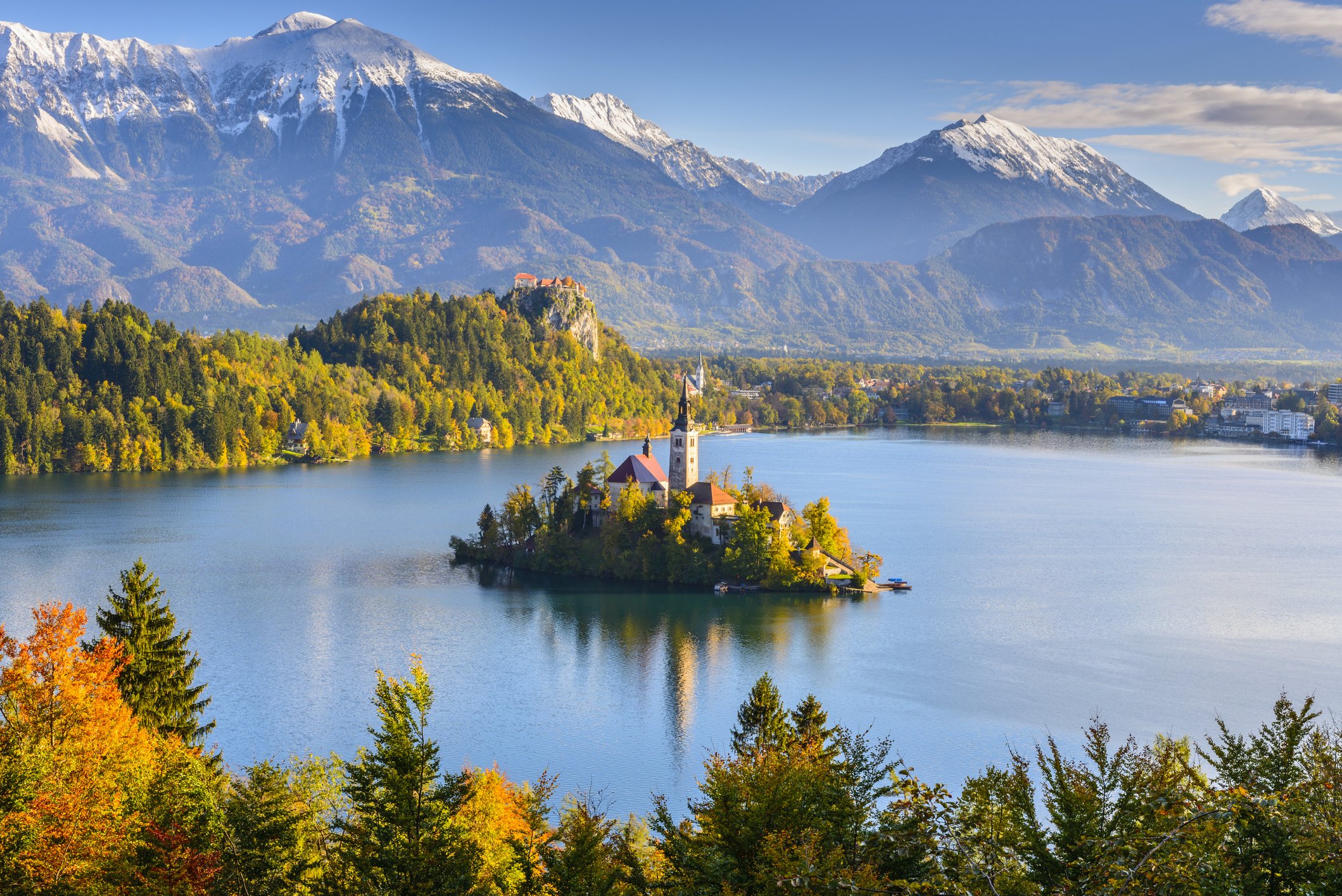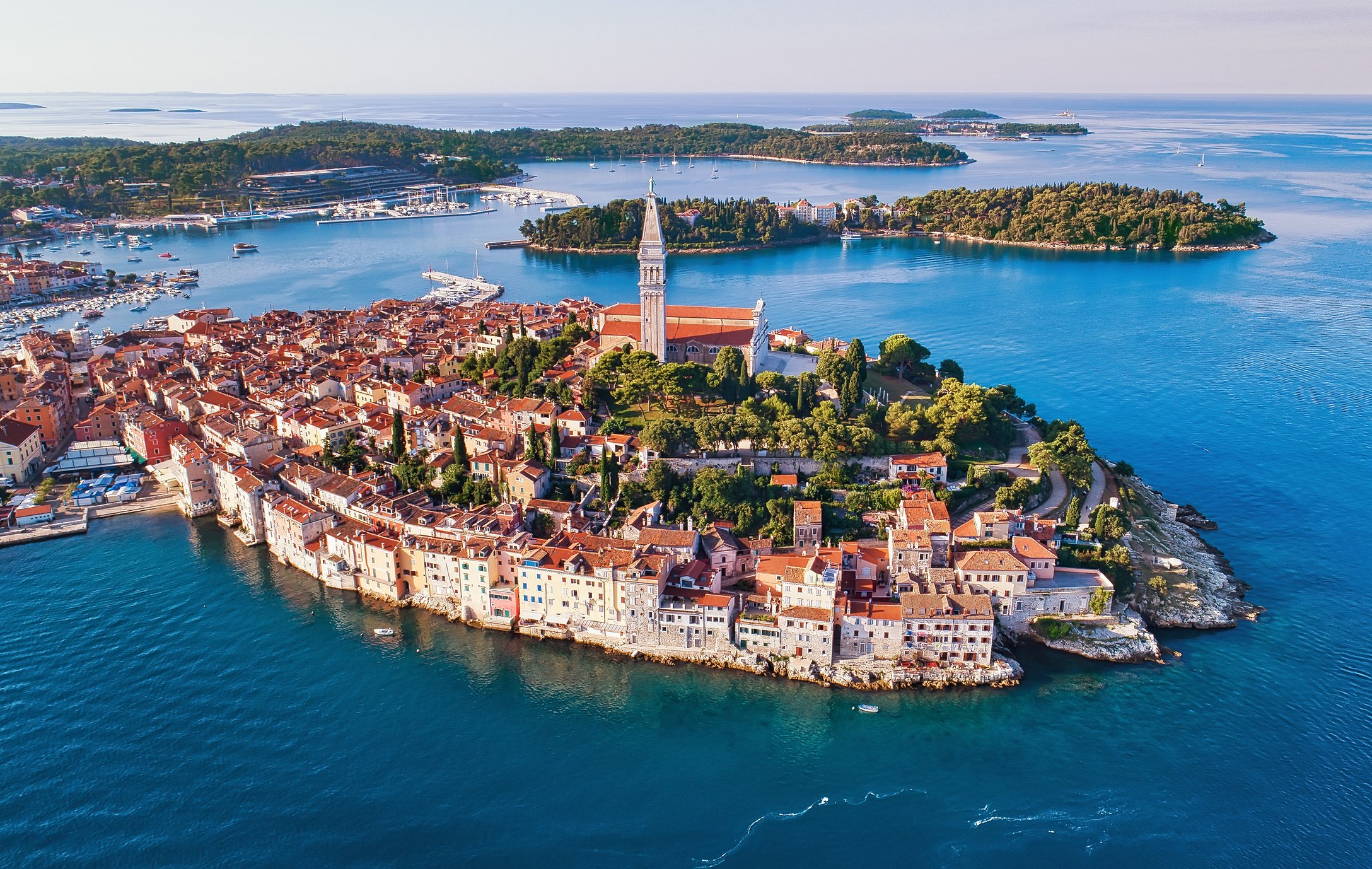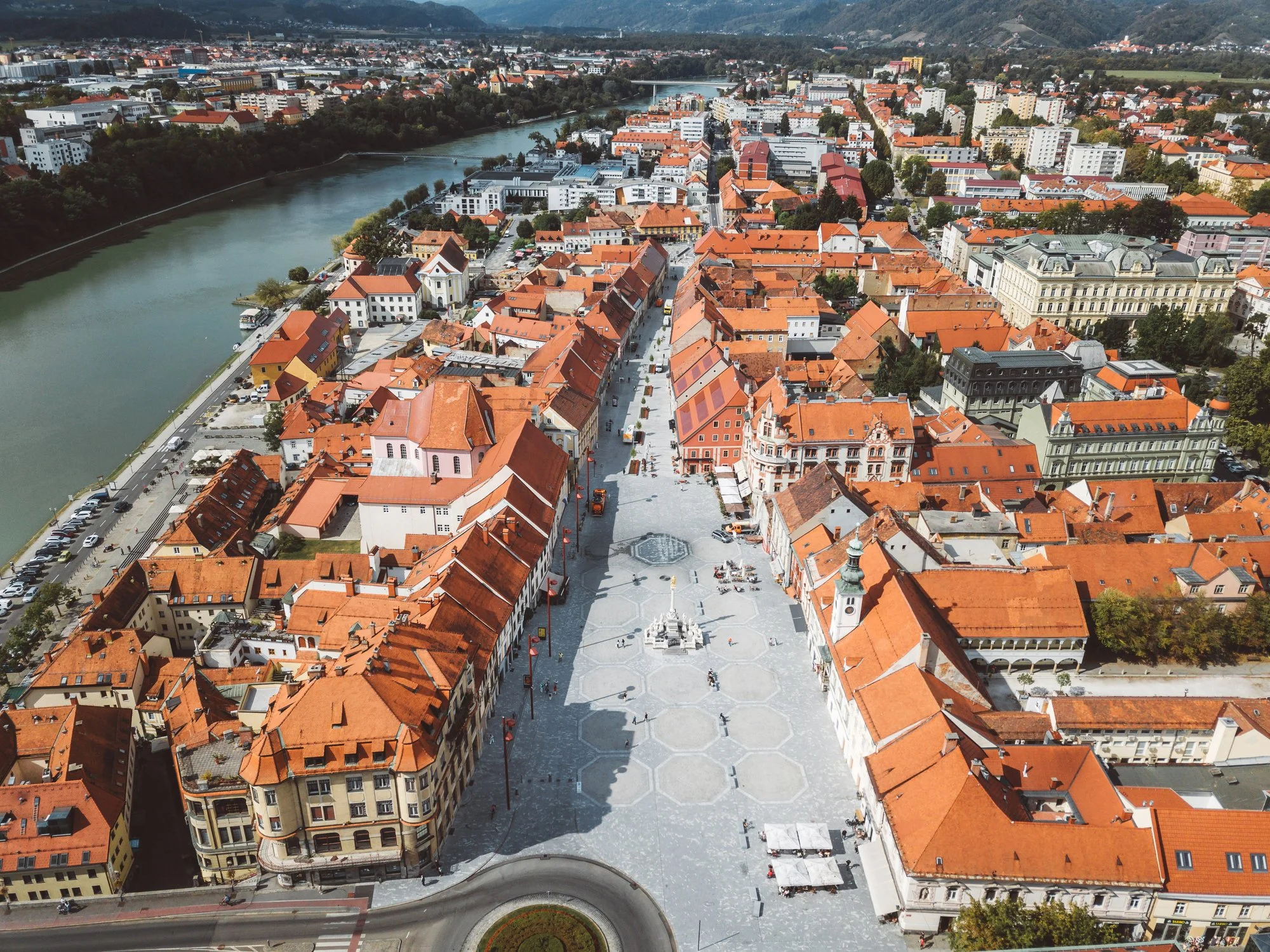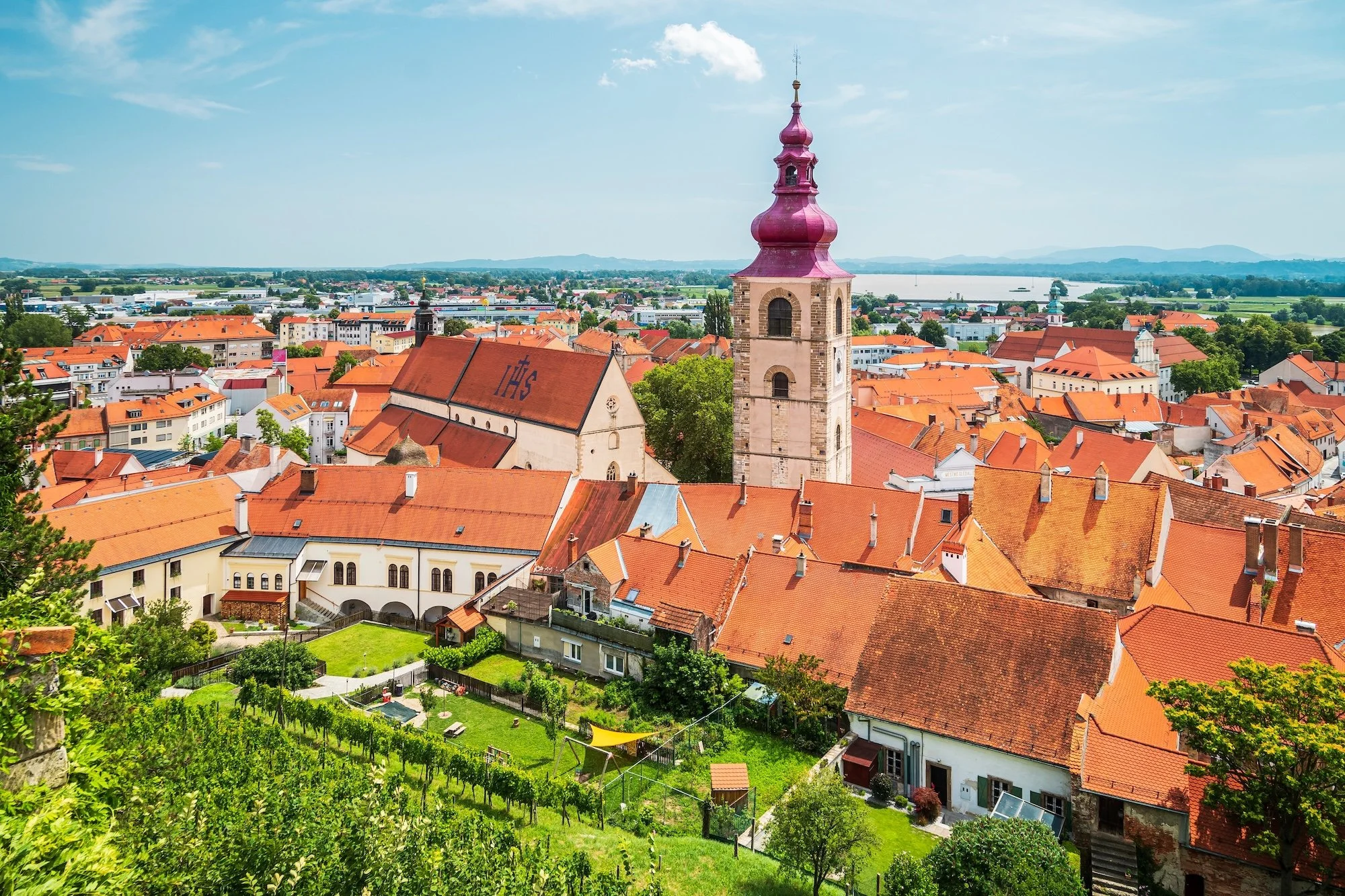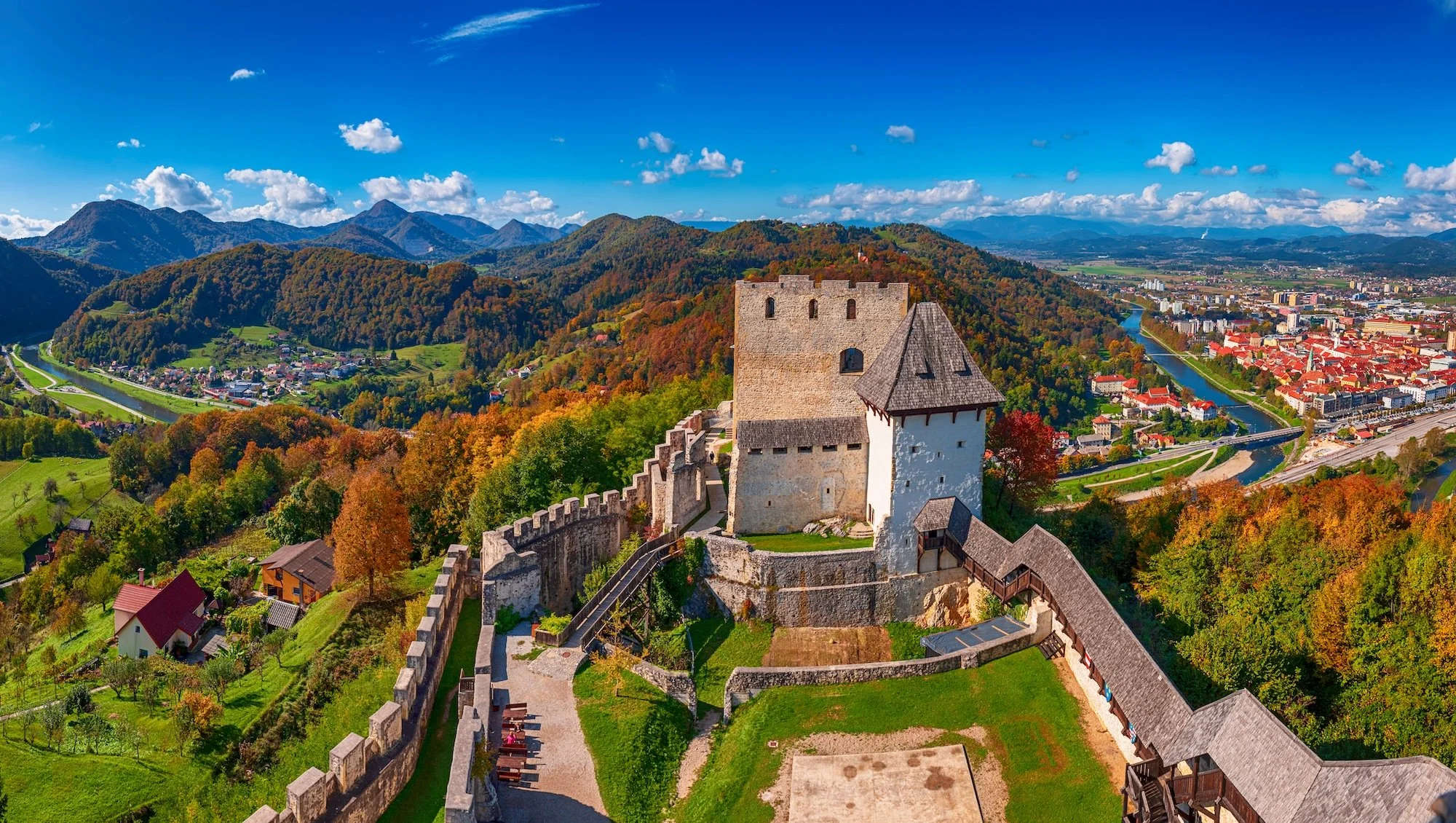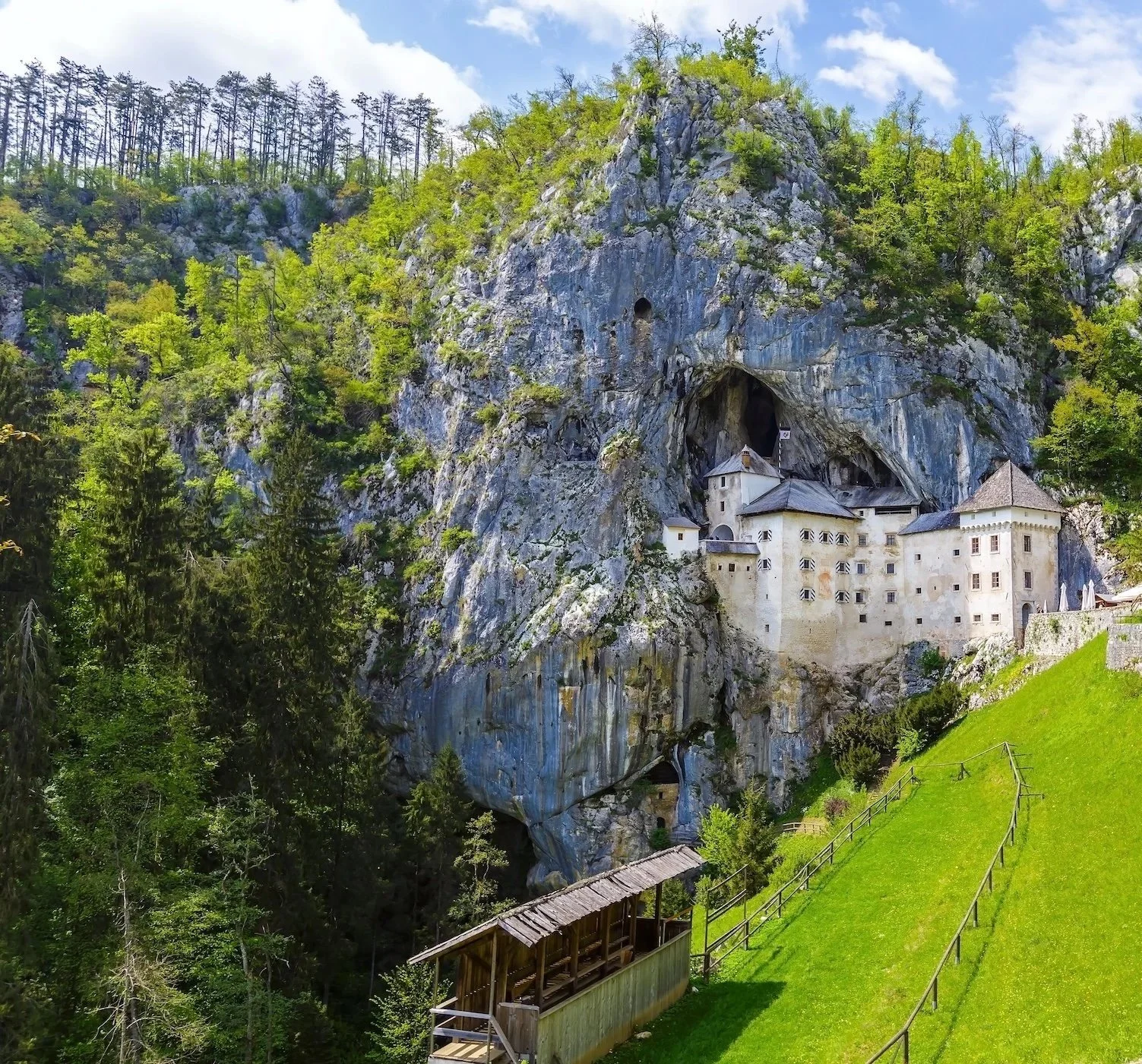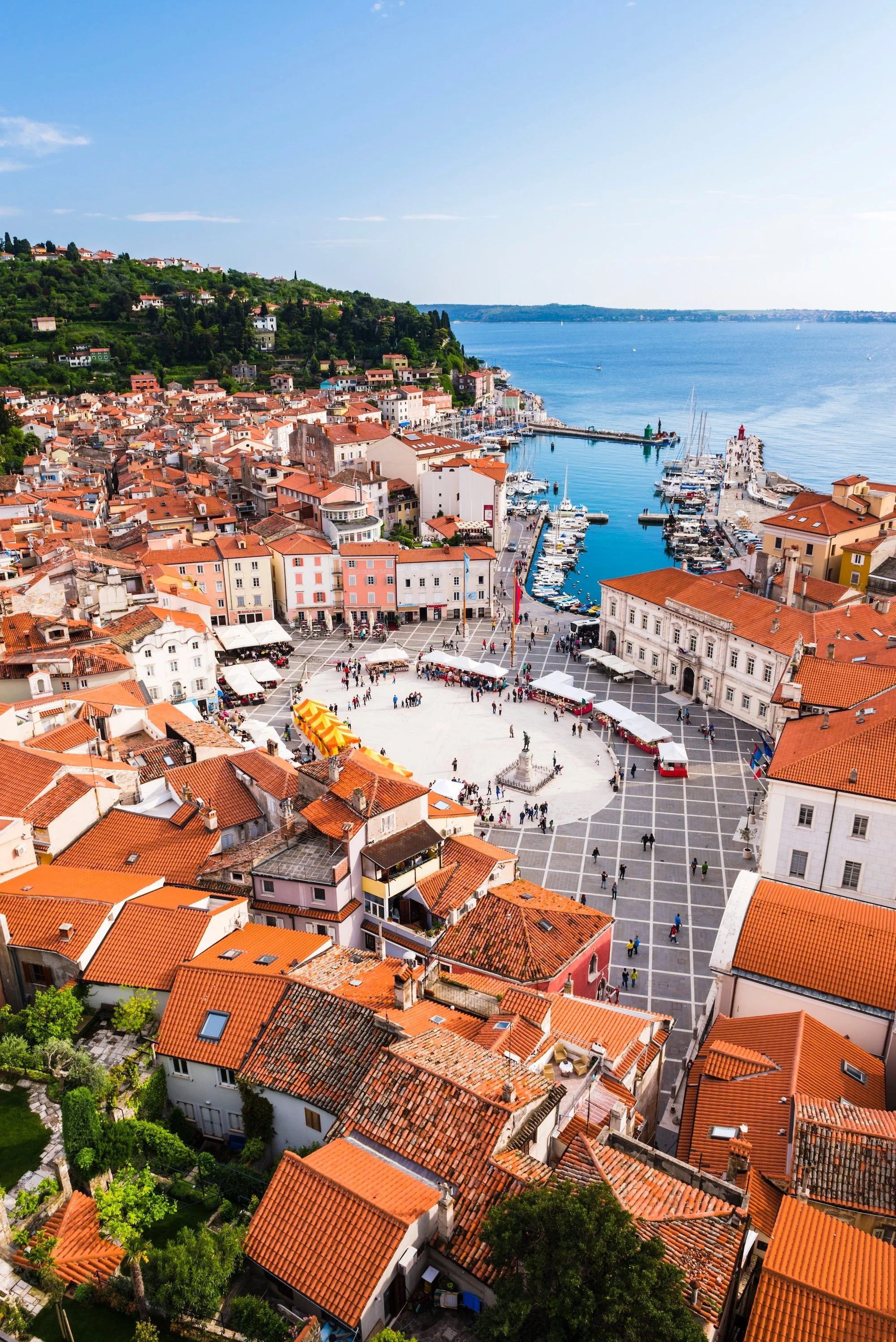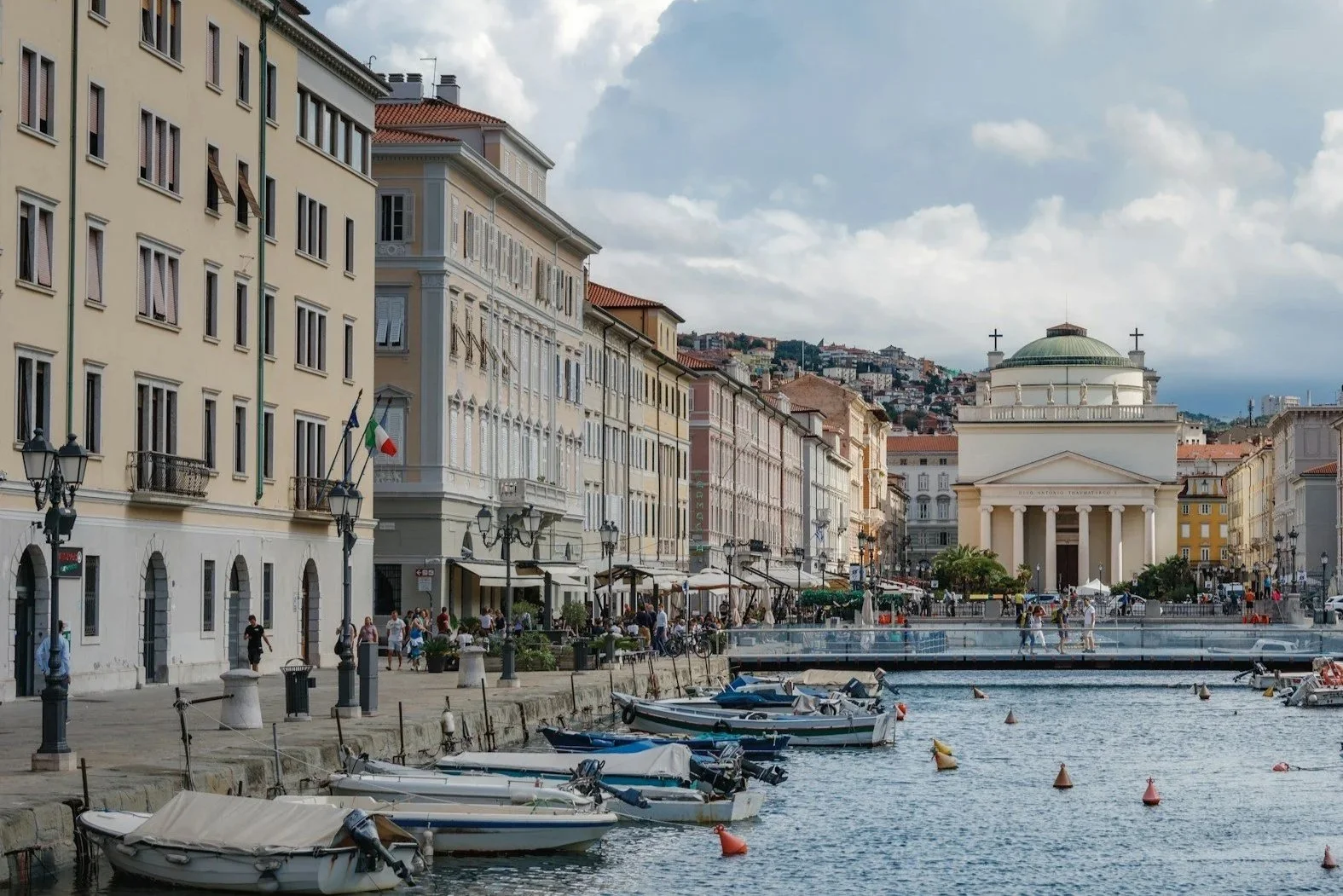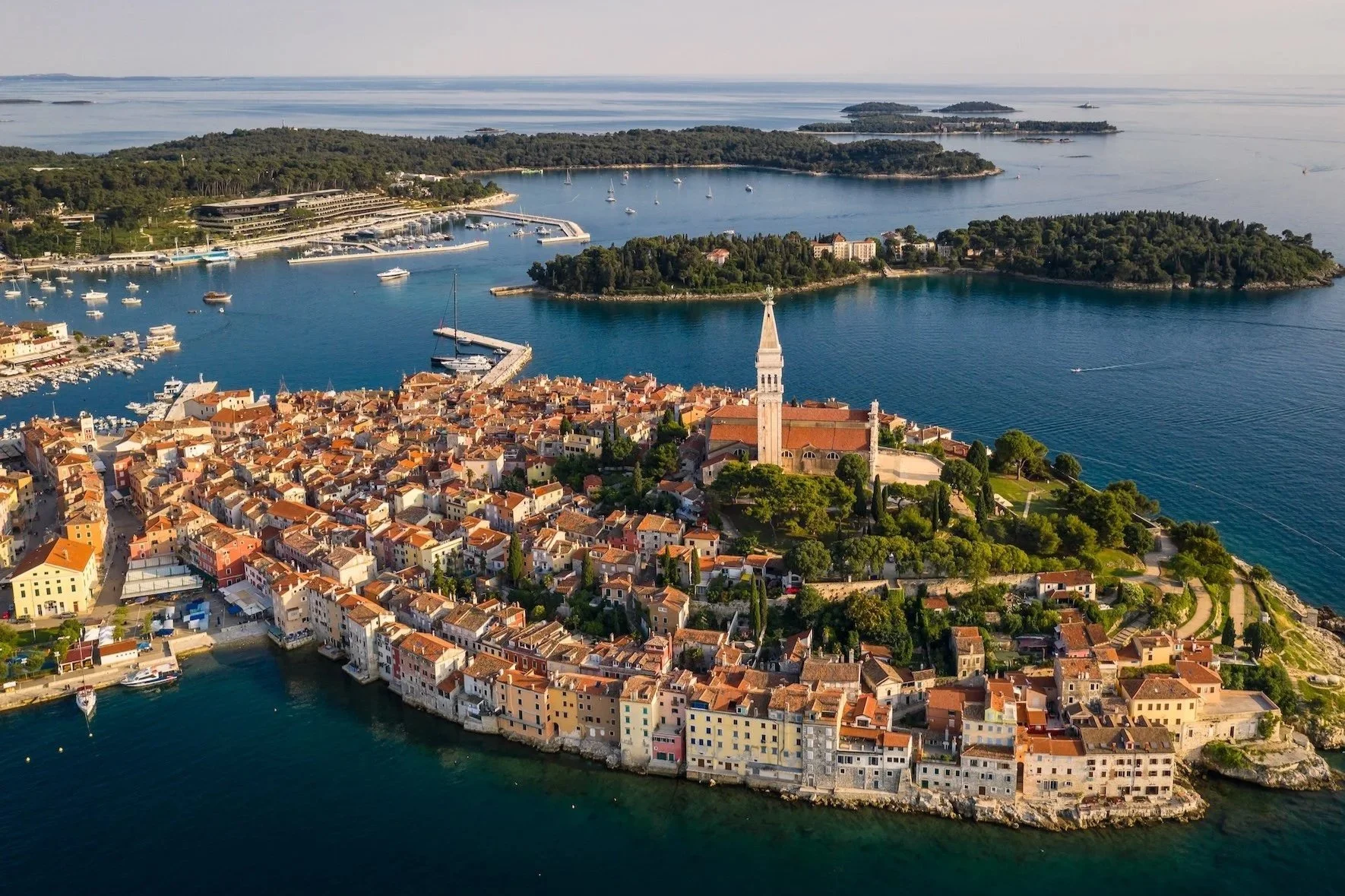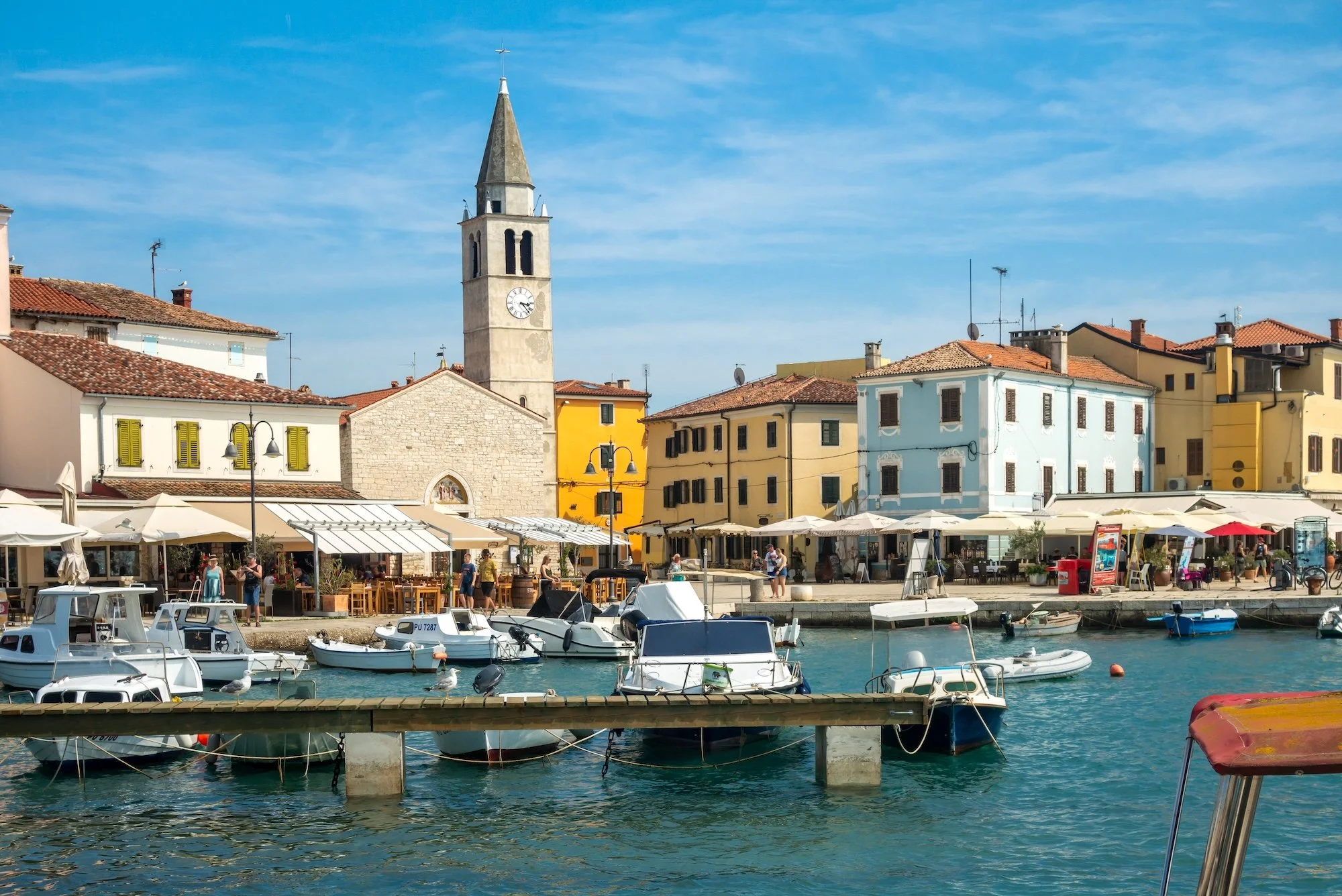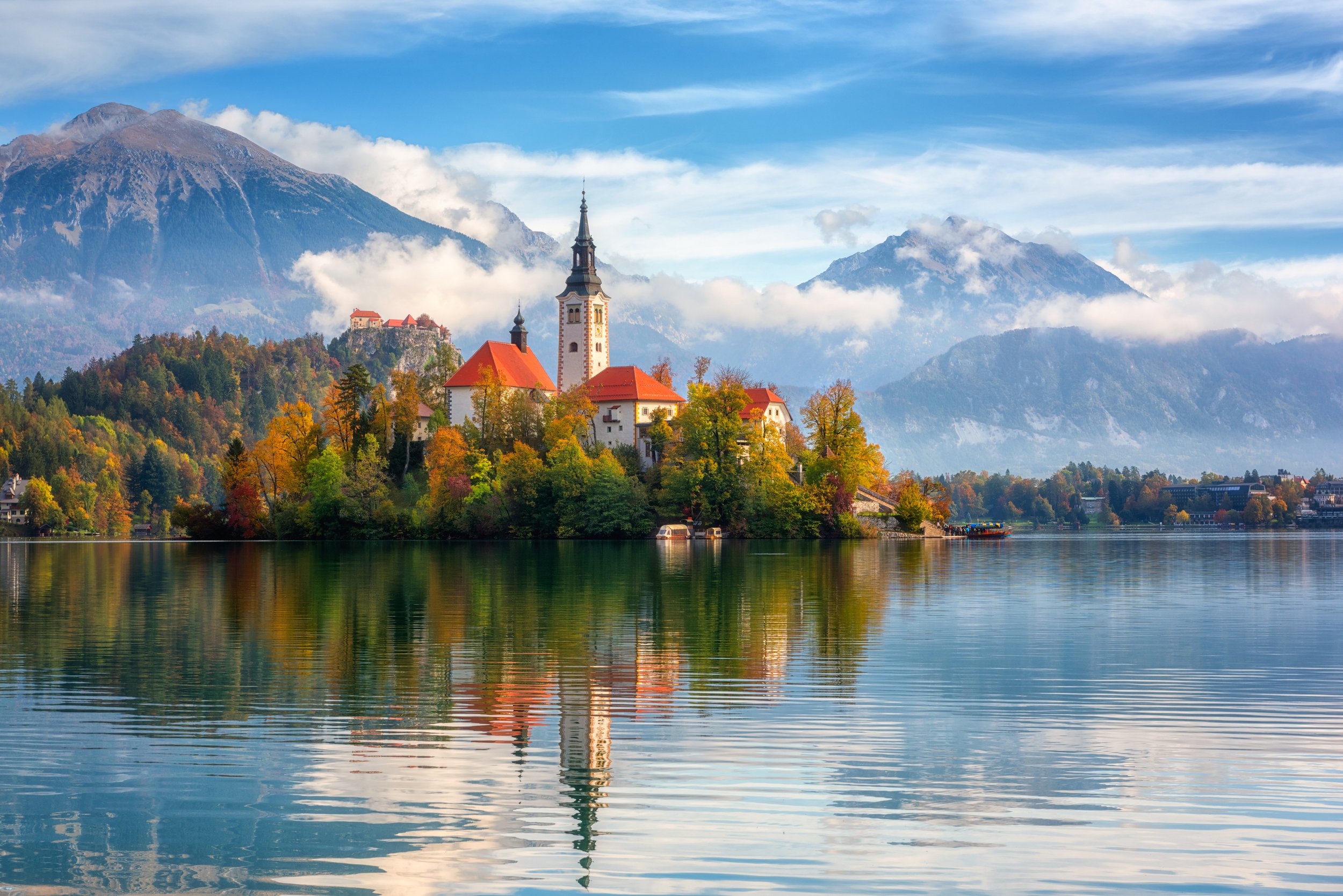
SLOVENIA
THE CROSSROADS OF HISTORY
Explore the Habsburg Monarchy through Slovenia, a crossroads where cultures intermingle and great empires rose and fell.
TOUR STATUS
Places Available | Maximum 16
TOUR DATES
Aug 31 - Sep 16, 2026 | 17 Days
TOUR LEADER
Dr Lauren Mackay | View Bio
snapshot
-
-
The tour starts at 4.45pm on Monday 31 August, at the InterContinental Hotel, Vienna (Austria).
The tour ends after breakfast on Wednesday 16 September at the Park Plaza Histria, Pula (Croatia), followed by a group transfer to Venice Marco Polo Airport (Italy).
-
Grade Two. This tour is designed for people who lead active lives.
-
16 nights’ accommodation in centrally located 4 and 5-star hotels. All breakfasts, 5 lunches, 6 dinners, 1 wine-tasting and 1 olive oil tasting. Services of an expert tour leader and an experienced tour manager throughout. All ground transport, entrance fees and tipping.
-
$13,890 AUD per person, twin share (land content only)
$2,970 AUD supplement for sole use of a hotel roomA $1,000 AUD non-refundable deposit is required per person to confirm your booking on tour.
-
OVERVIEW
For almost four centuries, the Habsburg Holy Roman Empire, the Ottoman Empire and the Venetian Republic vied for control over the Adriatic and the Balkans, as well as the lands which stretched from modern day Vienna, south through Slovenia and the Istrian coast of Croatia.
On this new 17-day tour commencing in the jewel of the Habsburg Empire, Vienna, venture on an historical and cultural journey as we wind our way through Slovenia – where the cultural, architectural, and culinary legacies of the Holy Roman Empire, the Ottomans, and Venetians intersect. Led by Dr Lauren Mackay, we explore Slovenia’s majestic Julian Alps, dense forests and pristine lakes, as we tour the picturesque cities and towns of Ljubljana, Celje, Ptuj, Bled, and Trieste, before visiting the vibrant Adriatic coastal cities of Piran and Portoroz. We then travel down the Istrian Peninsula to the Croatian harbour city of Pula, once one of the most important ports of the Habsburg Empire, with its breathtaking amphitheatre.
Throughout the tour, we enjoy the culinary charms of the region, an impressive fusion of Italian, Turkish, Balkan, and Austrian, set against the backdrop of a richly woven and expansive history.
tour highlights
The aim of every Academy Travel tour is to provide a rewarding, in-depth travel experience.
Dr Lauren Mackay
your expert tour leader
Lauren is an historian specialising in the Early Modern World. She holds B.Mus from the Sydney Conservatorium of Music/University of Sydney, Australia, a Masters of History from the University of New England, and PhD from the University of Newcastle, Australia. Lauren's research frequently takes her to different countries around the world, including Turkey, Austria, Italy, Slovenia, France, and Belgium.
Accompanied by an Experienced Tour Manager
Alongside your expert tour leader, an experienced tour manager will accompany for the entirety of the tour. They oversee logistics, ensure your comfort and safety, and provide friendly support – whether offering tips for free time, sharing a chat over dinner, or giving you space to relax.
tour ITINERARY
Vienna (3 nights), Maribor (3 nights), Ljubljana (4 nights), Portoroz, (3 nights), Pula (3 nights)
Included meals are shown with the letters B, L and D
Hotels have been selected principally for their central location. All hotels are a comfortable four-star standard.
Tour Accommodation
Vienna, InterContinental Hotel | 3 Nights
Maribor, Hotel City Maribor | 3 Nights
Ljubljana, Grand Hotel Union | 4 Nights
Portoroz, Kempinski Palace | 3 Nights
Pula, Park Plaza Histria | 3 Nights
tour booking
$13,890 AUD per person, twin share (land content only)
$2,970 AUD supplement for sole use of a hotel room
A $1,000 deposit is required per person to confirm your booking on tour. This deposit is non-refundable.
Hold a Place
Still deciding? We are happy to hold a tentative place for 7 days while you make your final arrangements.
Book Online
To secure your place(s) on tour, book online below with “Athena”, our virtual tour consultant.
DOWNLOAD FORM
Download a printable booking form. You can also complete the form on screen and submit via email.
your tour consultant
The consultant for this tour is Jamal Fairbrother. For further information or to discuss the tour, please call 9235 0023 (Sydney) or 1800 639 699 (outside Sydney) or email jamal@academytravel.com.au
have you thought about?
Academy Travel is more than just a tour operator. We are also a full-service travel agency who can assist you with all aspects of your travel, including flights, transfers, pre-tour arrival, additional travel and comprehensive travel insurance.
can’t make this departure?
If these dates don't work for you, register to hear about the next tour.



